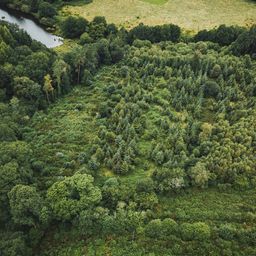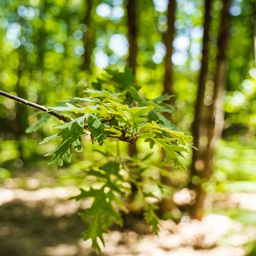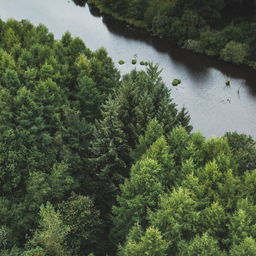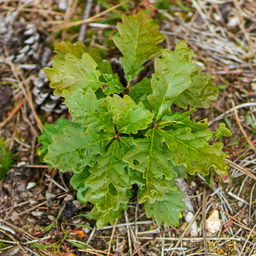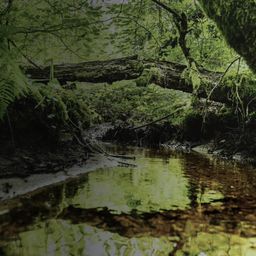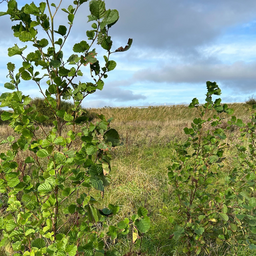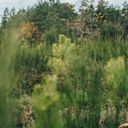
Monterey Pine: Meaning, use and characteristics
Monterey Pine is a robust and adaptable tree, even on degraded ground. Its light, easy-to-work timber and rapid growth make it a popular choice for forestry and reforestation.
Monterey Pine
Monterey Pine or Pinus radiata is a species of conifer native to the central coast of California, where it thrives in a temperate climate with maritime influences. Renowned for its rapid growth and great adaptability, Monterey pine has spread well beyond its natural habitat, notably in New Zealand, Australia and Spain. Its wood is light and easy to work, making it particularly popular for furniture, carpentry and construction panels. In addition to its economic qualities, Monterey pine plays an essential role in reforestation projects and the stabilisation of degraded soils, thanks to its ability to quickly colonise difficult terrain.
Why does EcoTree plant Monterey Pine?
Monterey Pine is often used in reforestation projects to restore deforested or degraded land, as it helps to re-establish forest ecosystems and prevent soil erosion. It can thrive in poor quality soils where other tree species may have difficulty establishing themselves.
This species is resistant to strong winds and varied climatic conditions, making it a robust species for a variety of forest environments.
Monterey Pine - Overview
Monterey Pine - Overview

Monterey Pine - Species requirements
Monterey Pine is a robust tree that adapts well to various conditions, but it truly thrives in temperate climates with well-drained soil and plenty of sunlight. It grows well in sandy, clay, or even loamy soils, as long as they aren't too compact.
Its ability to tolerate different soil types and climates makes it a popular choice for reforestation and timber production. Naturally, it’s well-suited to coastal environments, where it withstands salt and sea winds.
This tree is a heliophyte, meaning it loves the sun! While it can tolerate some shade when young, too much shade over time can slow its growth. It prefers areas with moderate humidity, but high humidity, especially in cooler temperatures, can lead to fungal diseases.
Monterey Pine's Wood
Monterey Pine is an intriguing material used across various industries. It is easy to work with and lightweight, making it a favourite choice for many. Although it is not particularly durable in its natural state, treatment allows it to be used for a wide range of purposes, from construction to furniture and packaging.
In the construction industry, Monterey pine is highly popular. It is often used to create beams, rafters, and other structural elements that are not exposed to the elements.
Its ease of processing also makes it an ideal choice for furniture, wardrobes, and indoor carpentry. It is perfect for components where weight is a consideration, such as movable furniture or decorative elements.
Monterey Pine's symbolism
Like many conifers, the Monterey pine is associated with longevity. In some cultures, pines in general are seen as symbols of long life and wisdom accumulated over time.
Pines are often seen as representatives of harmony between the natural elements. The Monterey pine in particular, with its deep roots and ability to thrive in a variety of conditions, symbolises a deep connection with the earth and natural cycles.
Our selection of trees
Our goal is to enable anyone to do something that benefits nature and helps us to live in a more harmonious world. So why not become a tree owner in a European forest and help combat climate change?




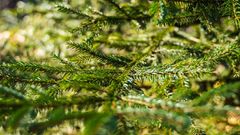

Please note that this is promotional communication. See our notice of information.
